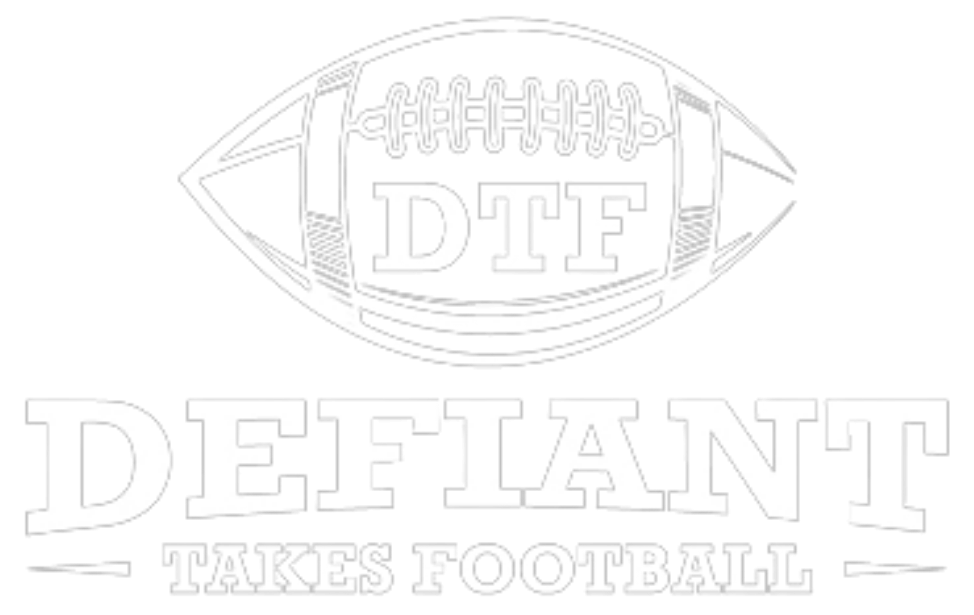If you are an NFL Historian in training, make sure to keep your studies up by reading my articles here.
So what do you do when your helmet doesn’t fit (in the 1970s)?
- Nothing
- Modify your head for the helmet
- Wear a trash can on your head
What do you do when your head is too small?
Knock your head into the cement wall three times. Wait a few minutes. Ahh, there you go. The brain swelling makes the helmet fit much better. Do you, like Phil Villapiano, try to hide this alarming behavior from others? Nope. You do it in the locker room right before the game while your head coach, John Madden, watches.
If the wall option isn’t quite your thing, you can go for the bloody route, where your helmet comes down continuously during every game you play, smashing into your nose. Then you earn the nickname Buckethead for having one of the biggest helmets in the NFL that you didn’t need. Please explain this to us, Jim Otto. Despite having one of the biggest heads in the 1970s NFL, possibly only second to Jim Tyrer, your head was still too small for your headgear. How?
What do you do when your head is oblong?
Allegedly, Tony Dorsett has said he has an oblong-shaped head, so he needed a longer helmet. Adjusting a helmet to your unique needs is very different for you. No, you wear a helmet that is entirely too big.
What do you do when your head is too big?
If you have a huge head, probably the biggest NFL head ever, and you can’t stuff it into a helmet, what do you do? Go helmetless? Calm down now; this isn’t the 1930s. Speaking of the 1930s, the helmets were more oblong then. It might have been perfect for Dorsett. Anyway, you need that head for smashing into people, and even as Jim Tyrer, you can’t do that without the artificial sense of safety you get from putting a thin layer of plastic and foam between your head and your opponents.
Instead, you opt to put a giant red trash can on your head. At least that’s what your teammates called it. Is it an actual trash can? Technically no. Nope, this is the only time you got a modified helmet in the 1970s. And this is to make the helmet less safe. Tyrer’s helmet would have all but half an inch of padding and extra suspension taken out, so he could fit all that brain trauma inside of what was left of an already poorly designed helmet.
What do you do when your head is too hard?
You get permanent divots in your skull from the bolts in your helmet, of course. You also bled from the divot holes every game for two years. When you need to look pretty for a photo, you put a handkerchief on that mess. Is Joe DeLamielleure wearing a bandana in your favorite shot of him?

Joe DeLamielleure – AP
If you don’t develop divots, you do create a shelf-like formation of scar tissue on your forehead. This effectively makes your forehead skin stick to your scalp. Only Mike Webster can tell you if the scarring was preferable to the divots.
What do you also do when your helmet doesn’t fit (in the 1970s)?
Get dementia or CTE prematurely in all cases but one listed above. Phil Villapiano hasn’t reported any signs of neurocognitive decline publicly, although he has been open about donating his brain to science when he dies. Villapiano made his decision to do this because so many of his friends and former teammates have died with CTE (Ken Stabler) or showed signs of dementia when they were alive and are being evaluated for CTE by brain scientists (Conrad Dobler).
Tony Dorsett and Joe DeLamielleure are suspected of having CTE, although it cannot be diagnosed until death. They both are experiencing symptoms like severe memory loss, depression, mood swings, and thoughts of self-harm. Jim Otto is also struggling with memory loss (in addition to over 70 surgeries in his life) and has evidence of brain cell deterioration in his frontal and occipital lobes.
Jim Tyrer is no longer alive after taking the life of his wife and then his own in 1980. Tyrer’s homicidal behavior was a huge shock to all who knew him, including his four kids. They only speak of their father in terms of loving forgiveness and feel guilt over not seeing the clear signs of CTE and getting help for their father. Even if they did identify the signs for what they were, although it’s clearly not their fault, there would have been limited help available. CTE would not be discovered until 2005.

The Tyrer family – Twitter/Kevin Patrick Allen
People will say that neurodegenerative decline, typically in the form of CTE, can’t make an otherwise morally sound person a murderer. I disagree. This decline is typically associated with a lack of impulse control, mood swings, physical violence, and an inability to make decisions. I believe that this could drive a person to do something they would never normally do because of the physical state of their brain.
Mike Webster was the first person to die and have CTE identified in his brain in 2005. Webster went through unspeakable medical atrocities without proper medical help, only to end his own life so that many, many others could live. Mike initiated the protection of other players brains, and he didn’t even know it, and for that, we can never be grateful enough. RIP, Mike Webster.
So what do you do when your helmet doesn’t fit in the 1970s? I forgot.








